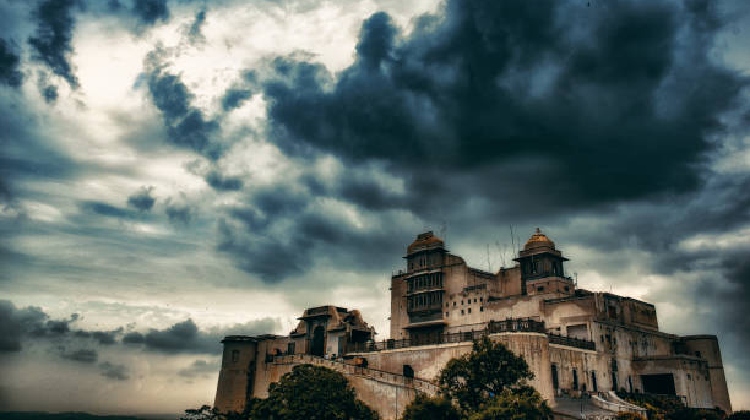Understanding the Weather in Rajasthan: A Guide to Temperature and Seasonal Trends
Rajasthan, with its diverse landscapes ranging from arid deserts to lush hills, experiences a unique climate characterized by extreme temperatures and minimal rainfall. Understanding the Rajasthan weather patterns, climate, and temperature variations is essential for planning a comfortable and enjoyable trip to this vibrant state. In this guide, we delve into intricacies of Rajasthan’s weather, offering insights into its climate and temperature trends throughout the year.

Rajasthan Weather Overview
Climate
Rajasthan has a predominantly arid climate, with hot summers and mild winters. The state is known for its scorching summers, with temperatures soaring above 40°C (104°F) in many regions. Winters are relatively cooler, with temperatures dropping to around 10-15°C (50-59°F) during the day and lower at night. The region receives minimal rainfall, primarily during the monsoon season from July to September.
Temperature Variations
Temperature variations in Rajasthan can be significant, especially between day and night and across different seasons. During the summer months from April to June, temperatures can soar to as high as 45-50°C (113-122°F) in the desert regions, making it extremely hot and dry. In contrast, winter temperatures from December to February are milder, ranging from 10-25°C (50-77°F) during the day and dropping further at night, especially in the desert areas.
Seasonal Weather Patterns
Summer (April to June)
Summer is the hottest season in Rajasthan, with scorching temperatures and intense heat. The desert regions experience extreme heatwaves, making outdoor activities challenging. Travelers are advised to stay hydrated, avoid outdoor activities during peak daytime hours, and seek shade or air-conditioned environments whenever possible.
Monsoon (July to September)
The monsoon season brings relief from the summer heat, with occasional rainfall providing respite to the parched landscape. While the monsoon brings much-needed moisture to the region, it can also lead to humidity and discomfort, especially in the early monsoon months. Travelers should be prepared for sporadic showers and plan their activities accordingly.
Winter (October to March)
Winter is the most pleasant season to visit Rajasthan, with mild temperatures and clear skies. The days are sunny and comfortable, making it ideal for outdoor sightseeing and exploration. However, nights can be chilly, especially in the desert areas, so travelers are advised to carry warm clothing for evenings and early mornings.
Best Time to Visit Rajasthan
The best time to visit Rajasthan depends on your preferences and interests. For those seeking to explore the vibrant culture and heritage of the state, the winter months from October to March are ideal, offering pleasant weather and comfortable temperatures for sightseeing and outdoor activities. However, if you’re looking to experience traditional festivals like Pushkar Camel Fair or Teej Festival, consider visiting during the shoulder seasons of October-November or February-March when the weather is pleasant, and the crowds are relatively smaller.
Conclusion
Understanding the Rajasthan weather, climate, and temperature variations is essential for planning a successful and enjoyable trip to this diverse and vibrant state. Whether you’re exploring the historic forts and palaces of Jaipur, embarking on a desert safari in Jaisalmer, or immersing yourself in the cultural festivities of Pushkar, being prepared for the weather conditions will ensure a comfortable and memorable experience.
